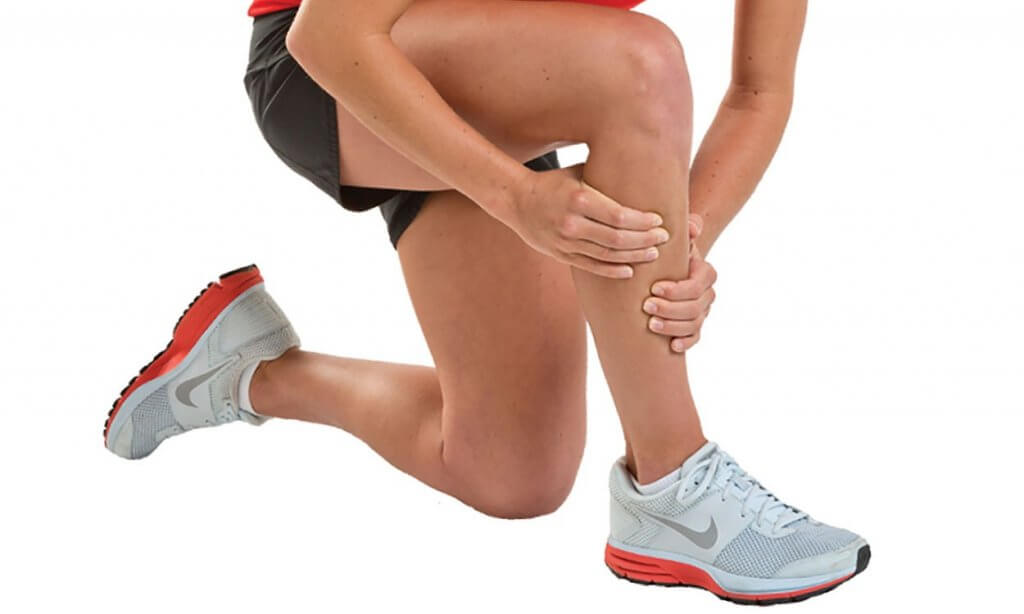Shin Splints (Most Common Injury for New Runners)
As the warm weather is shaping up, people often look for a new sport or physical activity to seek out a healthier lifestyle. Running is one of the most popular physical activities in the world, due to its low cost and high practicality. There are massive benefits to running, including reducing risks for cardiovascular disease, reducing stress, and improving general health (Williams 1997). As with every sport, there are risks for injuries associated with it. Specifically for running, 27% got injured during the first year, as shin splints were the most common injury (Nielsen et al. 2014). We hope this blog post will shed informative basic knowledge about this common running injury.

What Are Shin Splints?
Medial Tibia Stress Syndrome, generally known as shin splints, are the common term for pain or discomfort on the tibia (shin bone). There are various definitions of shin splints, including inflammation of the periosteum (thin sheath of tissue wrapping around the shin bone), inflammation of shin muscles, or a combination of both (Wilder and Shikha 2004).
The pain/discomfort can either be felt on the inside or outside aspect of the tibia. It is common to feel sharp, dull, or achy pain around the area. Usually the pain/discomfort begins at the beginning of the run, and may get worse near the end of the run, or occasionally into the following morning. Often, the pain is described as if it’s “on” the shin bone, or closer towards the ankle.
It is also important to consider the possibility of a stress fracture if these symptoms do not improve over time.
Common Causes of Shin Splints
- New variables to running (increasing distance, introducing hills, intervals, etc)
- Excessive overpronation (collapsing of foot arches)
- Improper/worn out footwear
- Excessive stress on ankle, shin and knee muscles
- Lack of flexibility in calf, foot, thigh muscles
Possible Treatments for Shin Splints
- Discontinue, or modify running program (distance, frequency, intensity, etc)
- Custom orthotic insoles
- Exercise program to strengthen and stretch affected muscles/joints
The above information are simply general, and will not be applicable to everyone. It is always recommended to consult a licensed healthcare practitioner for an assessment and treatment plan, tailored towards your symptoms and goals.
Questions/Inquiries
If you have any questions or inquiries about shin splints, medial tibia stress syndrome, or anything running-related, we would be happy to help! You can reach us by calling (416) 722-3393 or by e-mailing hello@studioathletica.com
REFERENCES:
1) Wilder, Robert P., and Shikha Sethi. “Overuse injuries: tendinopathies, stress fractures, compartment syndrome, and shin splints.” Clinics in sports medicine 23.1 (2004): 55-81.
2) Williams, Paul T. “Relationship of distance run per week to coronary heart disease risk factors in 8283 male runners: the National Runners’ Health Study.” Archives of Internal Medicine 157.2 (1997): 191-198.
3) Nielsen, Rasmus Oestergaard, et al. “A prospective study on time to recovery in 254 injured novice runners.” PloS one 9.6 (2014): e99877.

